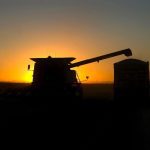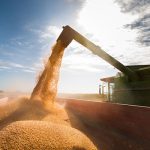The river port in the Amazon rainforest's largest city of Manaus on Friday hit its lowest level since 1902, as a drought drains waterways and snarls transport of grain exports and essential supplies that are the region's lifeline.
1.

Grain exports and essential supplies affected

Forecast issued Oct. 2, covering Oct. 2 to 9, 2024


Forecast issued Sept. 25, covering Sept. 25 to Oct. 2, 2024






Forecast issued Sept. 11, covering Sept. 11 to 18, 2024